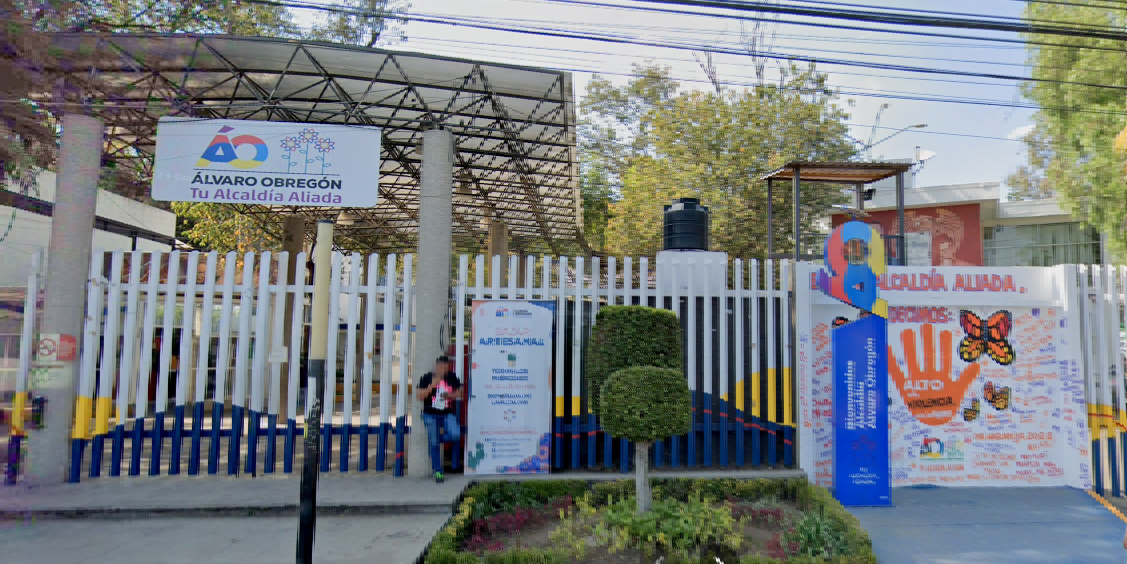
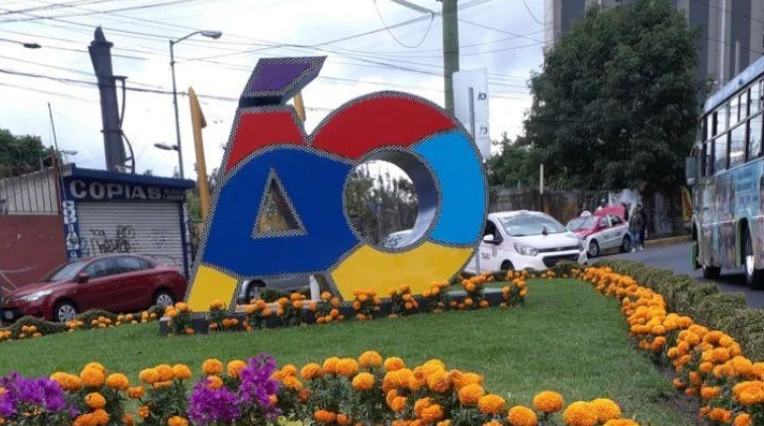
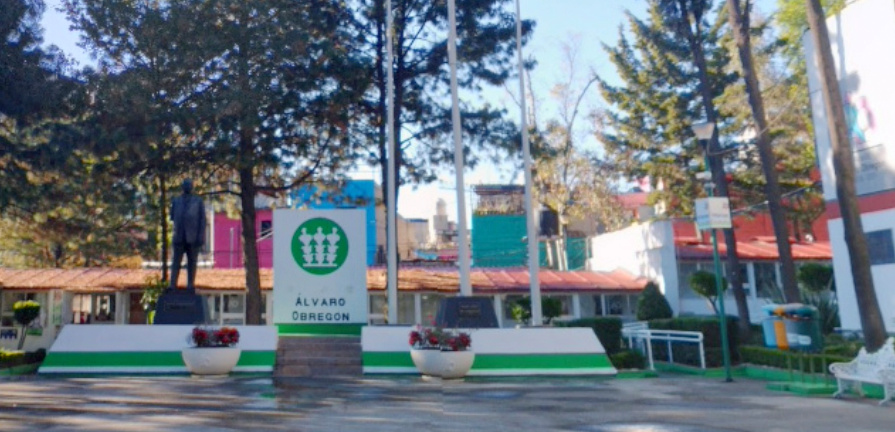
The giant Alcaldía Álvaro Obregón is administered from a sprawling campus on both sides of Calle 10 about 15-minutes walk west from Metro San Pedro de los Pinos. The Colonia Tolteca campus is just west of the historic Santa Fe Habitactional Unit, a neighborhood all on its own. Between the two is the Deportivo de la Juventud sports complex. And across the street (Calle 10), the sports park continues.
Importantly, the Alcaldía hosts most official events in the Parque de la Bombilla and, across the street, at the San Ángel Cultural Center. That’s the former seat of the administrative government. The opening of this administrative campus led to the re-purposing of the older administrative building for cultural events. Today they’re among the most important such centers in Mexico City.
The public plazas and esplanade is principally to the south of Calle 10. This is frequently host to public information fairs, job recruitment events, and some cultural events. A main entrance to the complex opens onto the Calle Canario.
As variegated as the geography of the Alcadía is, so is the plurality of its many towns, neighborhoods and its inhabitants. It’s the third most populated district in Mexico City, behind only Iztapalapa and Gustavo A. Madero, with more than 750,000 residents.
Álvaro Obregón is made up of some 236 neighborhoods. The cultural heritage includes ancient and colonial towns. There are historic and artistic buildings, modern shopping centers, and old textile factories. Some ten original settlements are recognized here. Entire neighborhoods with colonial buildings such as San Ángel, Chimalistac, and Tlacopac, and iconic modernist buildings such as those in Pedregal del San Ángel.
Álvaro Obregón residents are proud of multiple museums and cultural centers such as the Jaime Sabines House,, on Avenida Revolución, the Casa del Risco, where the Isidro Fabela Cultural Center operates, a few steps from the Saturday Bazaar in the Plaza de San Jacinto. Converted into an art garden on weekends, and the CARSO Center for the Study of the History of Mexico, which houses the archive of Agustín de Iturbide. The Avenida Revolución is home to both the Museo del Carmen and the Carrillo Gil art museum.
International visitors are more likely to attend events at the Bombilla Parque, and the official seat of government is more likely to be passed en route to points west in the Santa Fe area. Nevertheless, it’s an increasingly important part of Mexico City. And as Chapultepec Section 4 expands well into the area, more and more visitors will find themselves here.
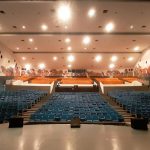
Nearest at 0.12 kms.
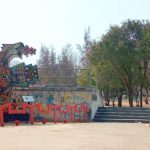
Nearest at 0.27 kms.
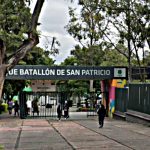
Nearest at 0.44 kms.
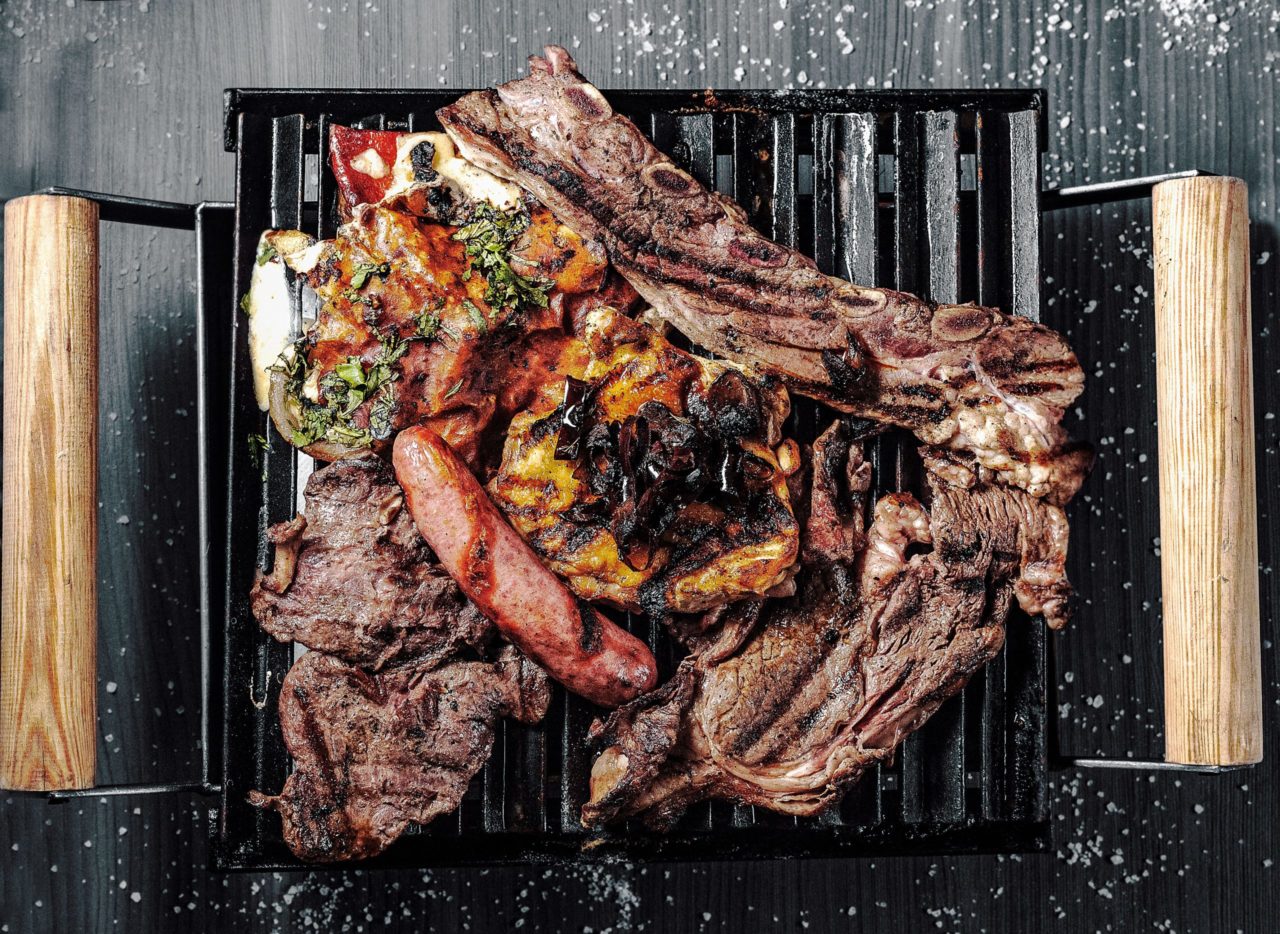

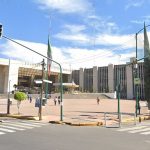
The seat of local government and a series of surrounding public plazas.
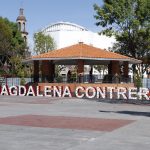
A rugged town center in La Magdalena Contreras...
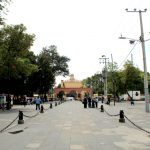
A giant plaza and open-air forum in the very center of ancient Xochimilco.
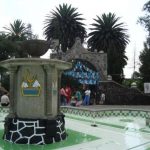
The park and esplanade area in the center of San Redro Tláhuac
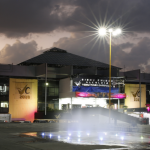
The civic esplanade for Venustiano Carranza in the east of Mexico City...